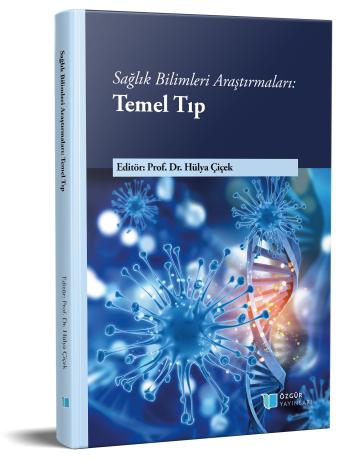
Doku Biyokimyası
Şu kitabın bölümü:
Çiçek,
H.
(ed.)
2023.
Sağlık Bilimleri Araştırmaları: Temel Tıp.
Özet
Bitkilerin, hayvanların ve insanların organları, aynı kökten gelen, birbirleriyle çok yakın ilişkiler içinde olan, aynı şekil ve yapıya sahip, aynı işlevi yerine getiren hücrelerin bir araya gelmesinden oluşan ‘dokulardan’ oluşur. Hücre bölünmesi doku oluşumu ile sonuçlanır. Tek hücreli organizmalarda bölünen hücreler, yeni bir birey oluşturmak için birbirlerinden bölünürler. Çok hücreli organizmalarda ise bölünen hücreler, plazmodezma (plazmatik köprüler) gibi madde ve uyaranların geçişini sağlayan geçitler gibi bileşenlerle birleşerek birbirlerinden ayrılmayıp dokuları oluştururlar. Organlar, çeşitli dokuların füzyonunun yanı sıra belirli işlev ve süreçlerin bir sonucu olarak gelişir. Her organ, temel görevini yapan doku ve bu dokunun normal çalışması için gerekli olan diğer dokulardan oluşur. Rejenerasyon, dokuların başka bir özelliğidir. Bu sayede herhangi bir nedenle doku kaybı olursa, kaybedilen dokuyu telafi etmek için yeni doku oluşturulur. Sağlıklı bir vücutta, taze oluşturulmuş hücreler yaşlanmaya ve hasarlı hücrelere karşı koyar. Fizyolojik yenilenme bu duruma verilen addır. İnsan vücudu dört farklı doku türünden oluşur: epitel, bağ ve destek, kas ve sinir. Bu dokuların biyokimyasal yapısı ve işleyişi bu bölümde anlatılmıştır.

